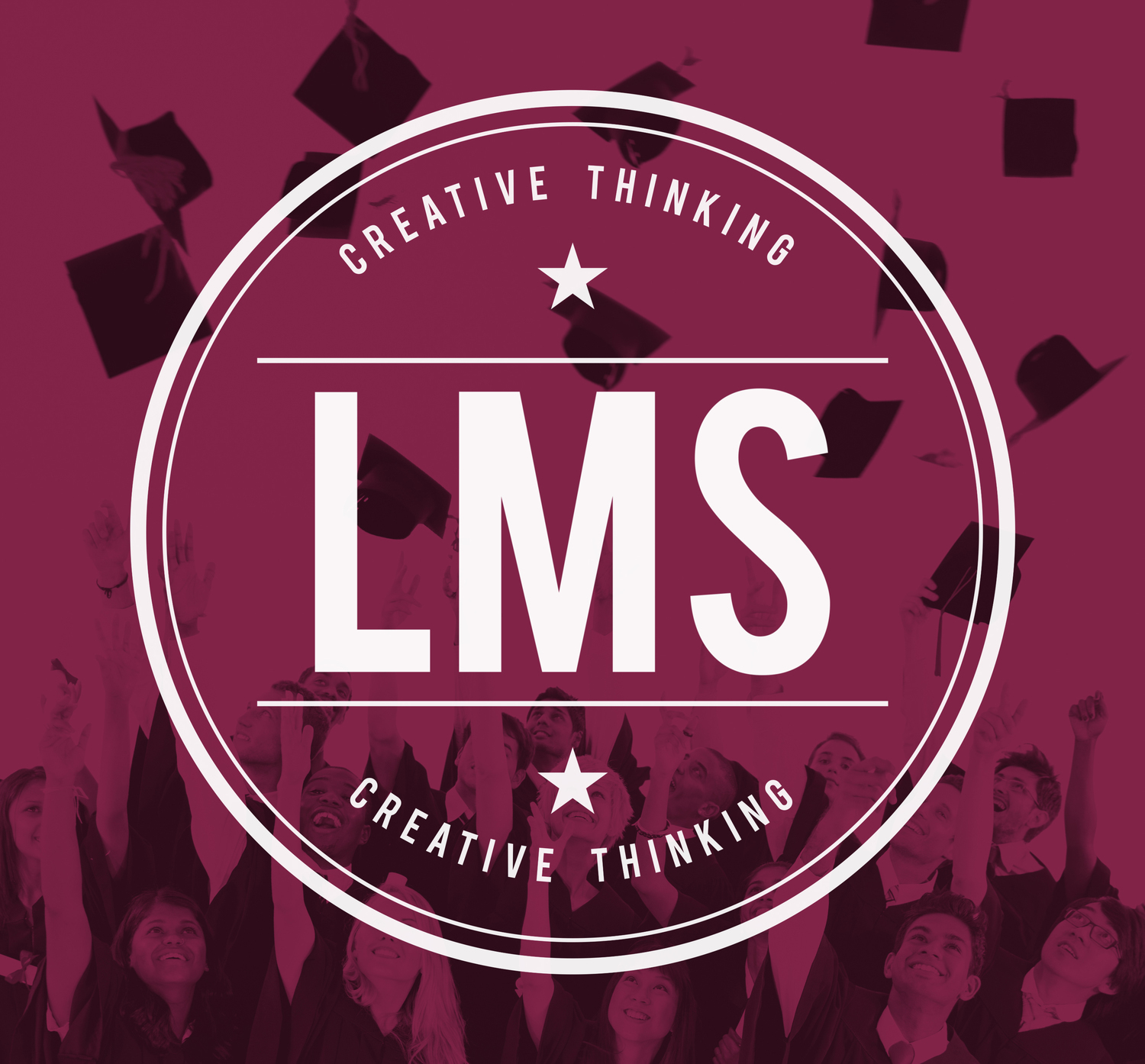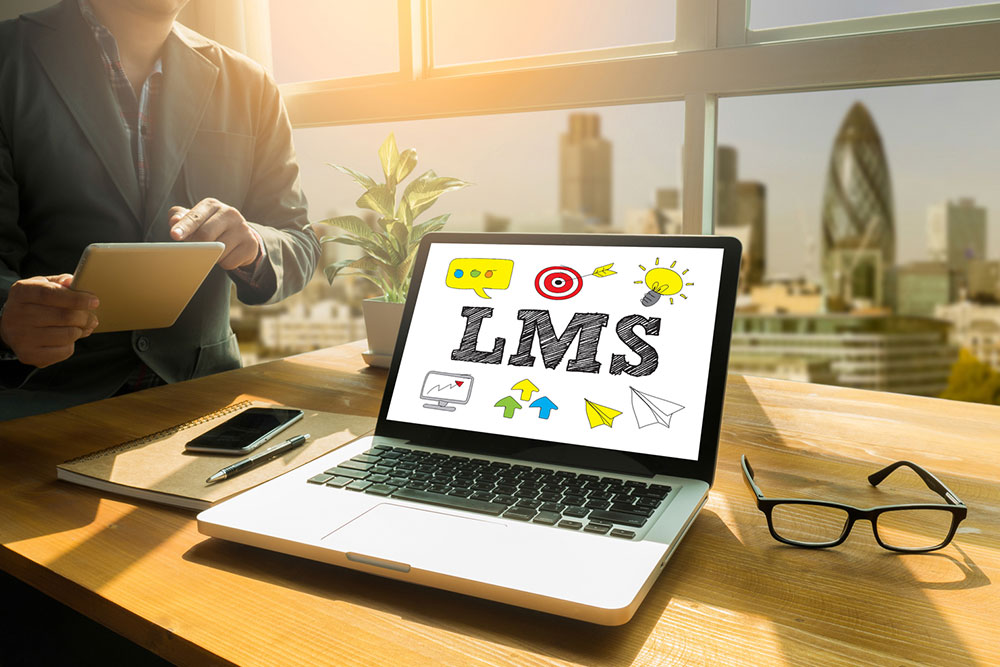Comprehensive Guide to Selecting the Right Learning Management System (LMS) for Your Organization
This comprehensive guide details over fifteen essential features to consider when selecting a Learning Management System (LMS). It emphasizes ease of use, content management, scalability, mobile compatibility, assessment tools, data insights, collaboration, certification, integrations, security, support, cost, and future innovation. Choosing the right LMS can elevate your organization’s training programs, improve learner engagement, and support long-term growth by focusing on these key aspects. Perfect for educational institutions and organizations seeking an efficient, scalable, and innovative e-learning platform.

Comprehensive Guide to Selecting the Right Learning Management System (LMS) for Your Organization
In today’s rapidly evolving digital education landscape, choosing an appropriate Learning Management System (LMS) is crucial for educational institutions, corporate training departments, and organizations aiming to deliver high-quality, scalable, and engaging learning experiences. An effective LMS serves as the backbone for training programs, e-learning courses, and continuous professional development initiatives, enabling seamless content delivery, user management, and progress tracking. With countless options available, understanding the essential features that define a top-tier LMS can empower you to make an informed decision that aligns with your organizational goals. This comprehensive article explores over fifteen key features to consider when evaluating LMS platforms, ensuring you select a solution that promotes better engagement, efficiency, and learning outcomes.
1. User-Friendly Interface Designed for Ease of Use
One of the most critical aspects of an LMS is its interface. A well-designed, intuitive user interface ensures both administrators and learners can navigate the platform effortlessly. This reduces onboarding time, minimizes frustration, and encourages widespread adoption. Features such as straightforward menus, logical navigation pathways, and accessible help resources contribute to a seamless experience. When users can find what they need quickly, engagement naturally increases, leading to improved learning outcomes.
A clean and responsive design that adapts to various devices ensures learners can access courses on desktops, laptops, tablets, or smartphones without difficulty. Responsive interfaces are especially important in today’s mobile-first environment, where learners expect to study on the go.
2. Robust Content Management System (CMS)
The core function of any LMS is to deliver content effectively. Therefore, it must include a comprehensive Content Management System (CMS) that allows easy creation, organization, and sharing of various content types. These include textual documents, videos, audio files, interactive quizzes, simulations, and gamified content. A flexible CMS enables instructors to update and customize content rapidly to keep materials current and relevant. Additionally, tools for categorizing and tagging content improve searchability, making it easier for learners to find relevant materials quickly.
Advanced LMS platforms often support multimedia integrations, allowing content creators to embed interactive elements that enhance engagement and retention. For example, drag-and-drop interfaces simplify the process of building courses, and version control ensures content accuracy over time.
3. Scalability and Support for Growth
As organizations expand, their LMS needs to accommodate increasing numbers of users and a growing content library. A scalable LMS can handle this growth without compromising performance or user experience. Cloud-based solutions often offer scalable infrastructure, allowing organizations to add users and content seamlessly.
Ensuring scalability also involves flexible architecture that can incorporate future features and integrations. This prevents platform obsolescence and protects your investment over the long term.
4. Custom Branding and Personalization Options
Branding consistency helps reinforce your organization’s identity and fosters a sense of belonging among users. Custom branding features include logos, custom themes, and tailored course layouts that match your organization’s aesthetics. Personalization options, such as personalized dashboards and recommended courses based on learner progress, create a more engaging and tailored learning experience for each user.
These features not only improve usability but also demonstrate professionalism and commitment to quality, making learners more comfortable and motivated.
5. Mobile Compatibility and Accessibility
With the increasing use of smartphones and tablets, an LMS must be fully mobile-compatible. Mobile access allows learners to engage with courses anytime and anywhere, promoting a flexible learning environment. Features like responsive design and dedicated mobile apps ensure that content loads quickly and functions correctly across diverse devices.
Accessibility is equally important; an inclusive LMS meets standards such as WCAG (Web Content Accessibility Guidelines) to ensure learners with disabilities can access and benefit from the platform. Screen reader compatibility, keyboard navigation, and captioned multimedia content are a few examples of accessible features.
6. Assessment Tools and Automated Grading
Assessment capabilities are vital for measuring learner progress and understanding. A comprehensive LMS should provide a variety of assessment tools, including quizzes, assignments, exams, and surveys. Automated grading features save educators time by providing instant feedback and scoring, allowing for more frequent evaluations.
Additionally, analytics from assessments help educators identify areas where learners struggle, enabling targeted interventions. Many LMS platforms also support question banks and randomized tests to maintain assessment integrity.
7. Advanced Data Reporting and Insights
Data collection and analysis are essential for evaluating the effectiveness of your training programs. A robust LMS offers detailed reporting dashboards that track learner activity, course completion rates, time spent on content, and assessment scores. These insights enable administrators and instructors to make data-driven decisions to improve course content and delivery methods.
Customizable reports allow for granular analysis, helping organizations to comply with industry standards and accreditation requirements. Visual dashboards simplify complex data, making it easier to interpret and act upon.
8. Interactive and Collaborative Learning Features
Engagement is a key factor in successful learning outcomes. Modern LMS platforms include tools that facilitate collaboration and social learning. Features such as discussion forums, chat groups, peer review, and social media integrations foster a sense of community and enable learners to share knowledge and experiences.
These interactive features promote peer-to-peer learning, enhance motivation, and make the learning process more enjoyable. Collaborative tools are particularly beneficial for team-based projects and corporate training programs that rely on group activities.
9. Certification Management and Compliance Tracking
Many organizations require certifications or compliance adherence to meet industry regulations or internal standards. An LMS with certification management capabilities enables easy issuance, renewal, and tracking of certificates. Automated reminders and expiration alerts help ensure that learners maintain current credentials.
Compliance courses can be managed seamlessly, with reporting features that demonstrate compliance status during audits. This reduces administrative overhead and ensures regulatory adherence is always up-to-date.
10. Seamless System Integration
A truly effective LMS integrates smoothly with other enterprise systems such as Human Resources (HR), Customer Relationship Management (CRM), Content Management Systems (CMS), and video conferencing tools. Integration eliminates data silos, streamlines workflows, and enhances automation.
For instance, linking an LMS with HR systems can automate user provisioning and license management, while integrations with video conferencing platforms enable live virtual classes within the LMS environment. Compatibility with popular tools increases flexibility and ensures the platform adapts to your existing technology stack.
11. Security and Data Privacy
Protecting sensitive learner and organizational data is paramount. Leading LMS platforms implement advanced security measures such as encrypted data transmission, secure login protocols, and user access controls. Features like Single Sign-On (SSO) and multi-factor authentication further safeguard the platform against unauthorized access.
Regular data backups and compliance with data privacy regulations (e.g., GDPR) are essential to safeguard against data loss and ensure legal compliance.
12. Technical Support and Training
Implementation and ongoing use require reliable technical support. Choose an LMS provider that offers comprehensive assistance, including onboarding training, ongoing customer support, and troubleshooting resources. A well-supported platform minimizes downtime and accelerates user adoption.
Support channels such as live chat, email, and phone support, along with detailed knowledge bases and tutorials, ensure users can resolve issues quickly and efficiently.
13. Cost and Licensing Options
Pricing models vary among LMS providers, ranging from free open-source solutions to premium enterprise platforms. Evaluate licensing costs, including subscription fees, user-based charges, and additional feature costs, to determine the best value for your organization’s needs and budget.
Open-source LMS options offer flexibility but might require technical expertise for setup and maintenance, whereas managed solutions include ongoing support and updates.
14. Trial Periods and Demo Access
Before committing, take advantage of free trials or demo versions to evaluate the platform’s interface, features, and usability. Hands-on testing helps identify any mismatches with your requirements, ensuring you select an LMS that fits seamlessly into your organizational workflow.
During demos, involve key stakeholders and gather feedback to make a collective, informed decision.
15. Future Readiness and Innovation
Finally, select an LMS that is adaptable to emerging technologies like Artificial Intelligence (AI), Virtual Reality (VR), and Augmented Reality (AR). A forward-looking platform supports innovations that can revolutionize online learning, such as personalized learning paths, chatbots, and immersive content experiences.
Investing in a future-ready LMS ensures your organization remains competitive and capable of offering innovative learning solutions that meet the evolving needs of learners.
In conclusion, choosing the right LMS involves evaluating multiple complex factors, from usability and content management to scalability and integration. By focusing on these essential features, your organization can adopt a platform that not only enhances training effectiveness but also streamlines administrative processes, fosters learner engagement, and supports your long-term growth objectives. Whether you’re implementing an LMS for corporate training, higher education, or nonprofit capacity building, a well-selected platform can transform your approach to learning and development.




